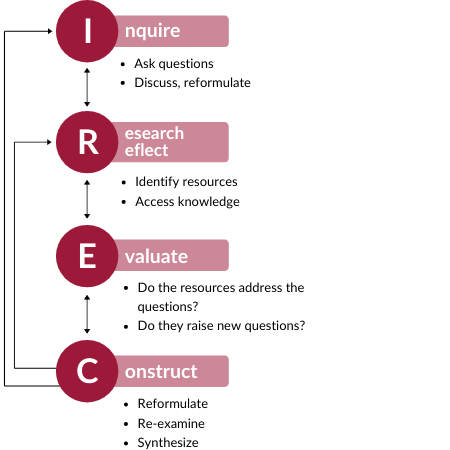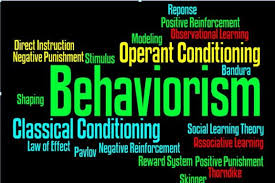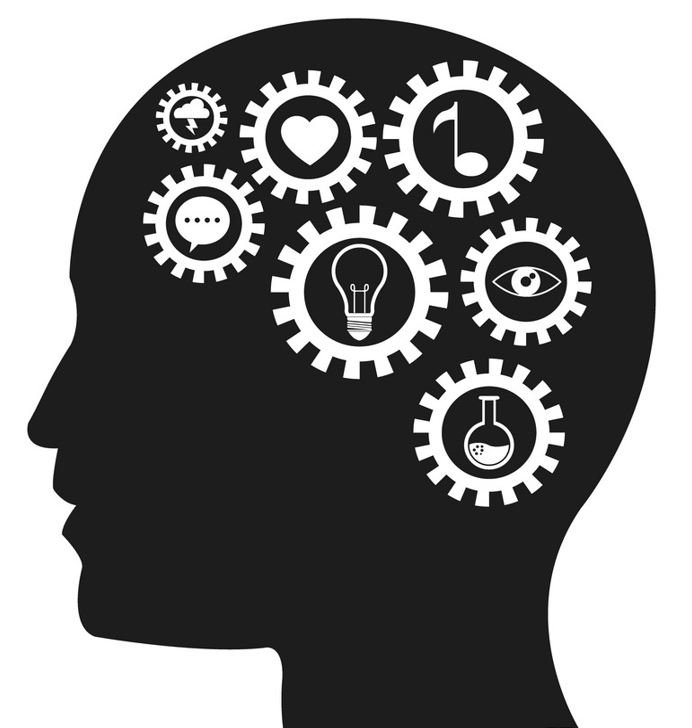Learning Pod: Group G
Peers’ Name: Ling Jiang, Haiyang Ma
Our group is doing the peer review for Group L, their Interactive Learning Resource Topic is Artificial General Intelligence.
This is a very interesting topic! With the development of artificial intelligence in recent years, artificial intelligence can be seen everywhere in people’s lives.
Something in the Interactive Learning Resource that might be missing (e.g., appropriate outcomes, alignment, interactivity, inclusivity, technology use and rationale, presentation, grammar, spelling, citations, etc.).
The first thing that I may concern about is the first lab practice. There is one task asking me to use AI tools to help me to design a thing that I wish. It seems to me missing something about how students can guarantee that the work created by AI does not infringe on the copyright of others. It is because no matter how powerful the AI drawing tool is, their technology continuously uses materials and models to train AI so that the result it draws is close to what we want. These materials and models may include some famous artists and painters, who will be very concerned about their work being plagiarized. At the same time, some people may use AI drawing tools to imitate their painting style to earn money. Moreover, the current drawing tools still have some phenomena such as mold penetration and uncoordinated limbs that cannot be handled by AI independently. These might be something that you may need to clarify with students before the lab and avoid these situations happening in this exercise.
Perhaps you might not notice subtle mistakes in that the information on the page of module 5 has displayed the same as in module 4.
During all the activities that students need to finish, I would like to ask do you limit students to using AI to help them finish their assignments. Since many universities announced do not use ChatGPT on essays, you might want to add some information to talk about this.
Provide a summary of The Interactive Learning Resource’s strengths and weaknesses. Draw out specific examples from your peers’ work to justify your feedback.
The design of this learning resource is very clear, students can access the topic that they are interested in. The ‘Lexend’ font used in all the content is very adaptable to inclusive learning. In addition, “AI’s Dark Side: Scams & Tactic” is very helpful for elder learners to avoid electronic fraud from bad people. Meanwhile, it is not fully inclusive to every learner because the entire resource has only text, which is easy to cause reading fatigue. You can consider adding some images or using fonts in different colors to help learners with dyslexia or ADHD.
Provide general, specific, and practical recommendations to your peers on how to improve their Interactive Learning Resources.
In general, the structure of the learning resource is pretty good, this is a popular topic and easy to attract students to study. However, there are more details that can be put on the modules. For example, it can include some materials like videos or websites to help students learn more about this topic. Overall, this is a great resource that I would like to share with others to learn about AGI.
Interactive Learning Resource:
https://sites.google.com/view/artificalgeneralintelligence/home?authuser=0




Recent Comments